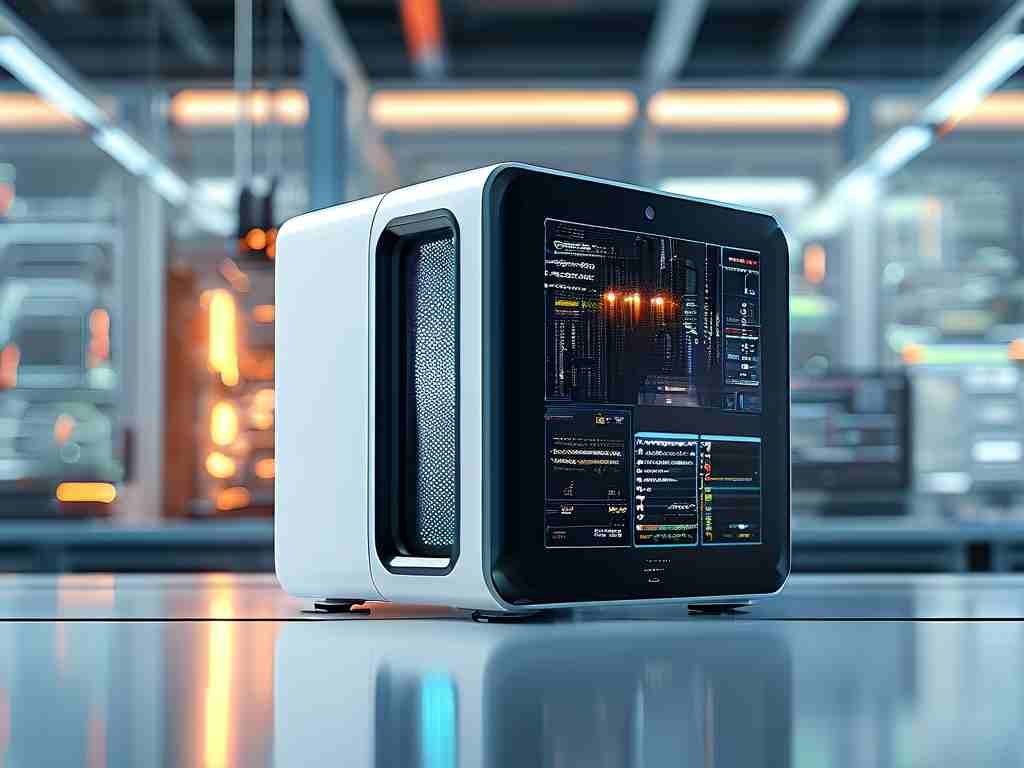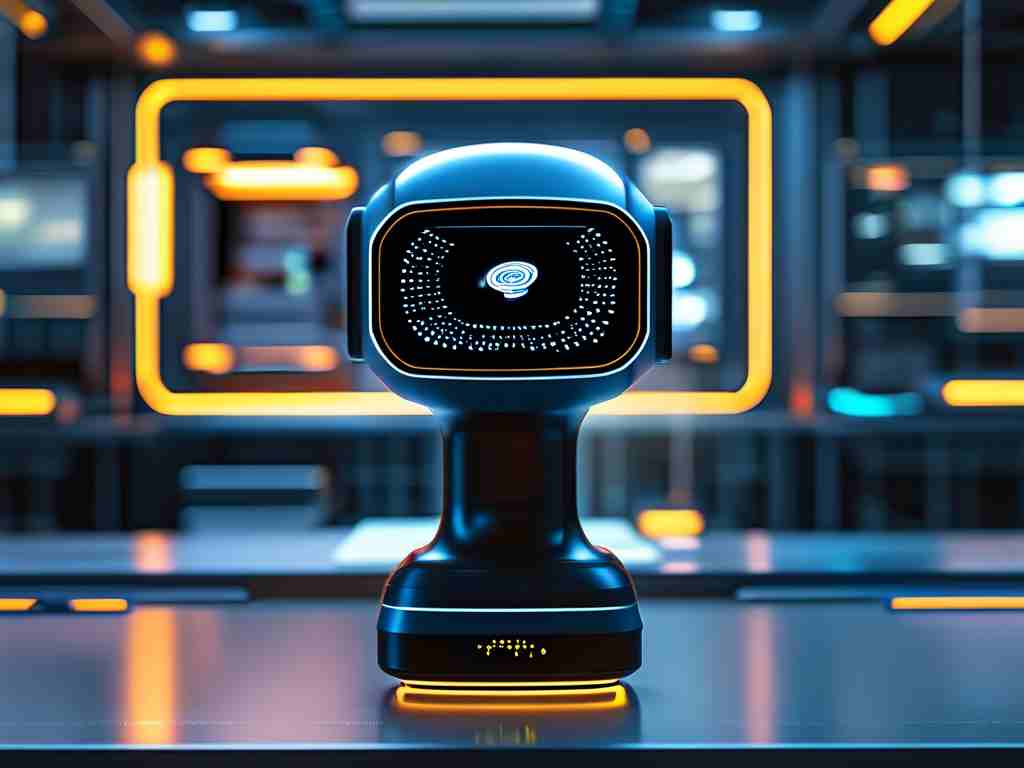As global demand for smart wearable devices surges, Huawei continues to push boundaries in embedded development for its wearable product line. The company’s approach combines hardware miniaturization, energy efficiency optimization, and intelligent algorithm integration, setting new benchmarks for the industry.

At the core of Huawei’s wearable technology lies its proprietary LiteOS, a lightweight operating system specifically designed for IoT and embedded devices. Unlike conventional systems, LiteOS boasts a kernel size under 10KB while supporting real-time multitasking—a critical feature for health monitoring devices requiring simultaneous sensor data processing. Developers have leveraged this platform to create responsive interfaces for products like the Watch GT series, achieving millisecond-level latency in touch interactions.
Power management remains a critical challenge in wearable development. Huawei’s dual-chip architecture, implemented in recent models, separates high-performance computing tasks from background sensor operations. This design reduces overall energy consumption by 40% compared to previous single-chip solutions. The company’s in-house developed Kirin A1 processor further enhances efficiency through adaptive voltage scaling, dynamically adjusting power based on usage scenarios—whether tracking a marathon or monitoring sleep patterns.
Sensor fusion algorithms represent another breakthrough. By integrating data from accelerometers, gyroscopes, and optical heart rate sensors, Huawei devices can distinguish between similar movements with 98% accuracy. For instance, the system differentiates between handwashing gestures and other arm motions through pattern recognition, enabling precise health activity logging. This technical achievement required refining neural network models to operate within strict memory constraints (under 2MB RAM), demonstrating the team’s embedded software expertise.
The development environment plays an equally vital role. Huawei provides cross-platform toolkits that allow seamless migration between wearable prototypes and final products. A notable example is the DevEco Studio IDE, which supports one-click code adaptation for different screen resolutions and sensor configurations. During field testing, this reduced development cycles by approximately 30% for third-party fitness app developers.
Looking ahead, Huawei is exploring ultra-low-power Bluetooth protocols that maintain stable connections at 1/3 the current energy expenditure. Early prototypes using this technology have achieved 21-day battery life under typical usage—a significant leap from the industry average of 7–10 days. Such innovations position Huawei to lead in medical-grade wearables, particularly for continuous patient monitoring applications requiring extended operation between charges.
Collaboration with healthcare institutions has driven specialized feature development. The latest research models can detect irregular heart rhythms with 94% clinical accuracy by combining PPG sensor data with machine learning analysis. This medical focus extends to the hardware level, with sapphire glass covers becoming standard for allergy-prone users and enhanced waterproofing (up to 100 meters) for aquatic sports enthusiasts.
Despite these advancements, challenges persist. Miniaturizing components while maintaining durability requires innovative material science solutions. Huawei’s R&D team recently patented a graphene-reinforced polymer casing that improves shock resistance by 60% without increasing weight. Such material innovations complement technical improvements, creating devices that withstand daily wear while delivering premium performance.
For developers entering this space, Huawei offers extensive documentation and modular code samples. A typical sensor integration process might involve initializing I2C communication protocols, configuring interrupt handlers for real-time data capture, and implementing circular buffers for efficient memory management. These resources lower the entry barrier for creating customized wearable solutions while maintaining system stability.
The future roadmap includes AI co-processors directly integrated into wearable chipsets, enabling on-device machine learning without cloud dependency. This advancement will be crucial for real-time health alerts and personalized fitness recommendations—features demanding instant data processing while preserving user privacy.
As wearable technology evolves into essential health management tools, Huawei’s embedded development strategies emphasize three pillars: clinical-grade accuracy, user-centric design, and ecological sustainability. With over 200 patents filed in wearable technologies last year alone, the company continues to shape industry standards while addressing practical user needs through cutting-edge engineering.









